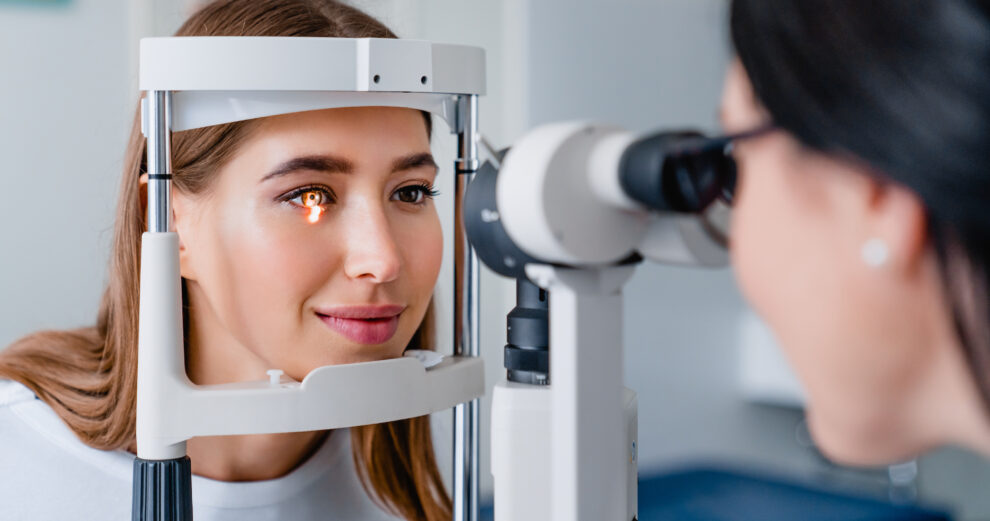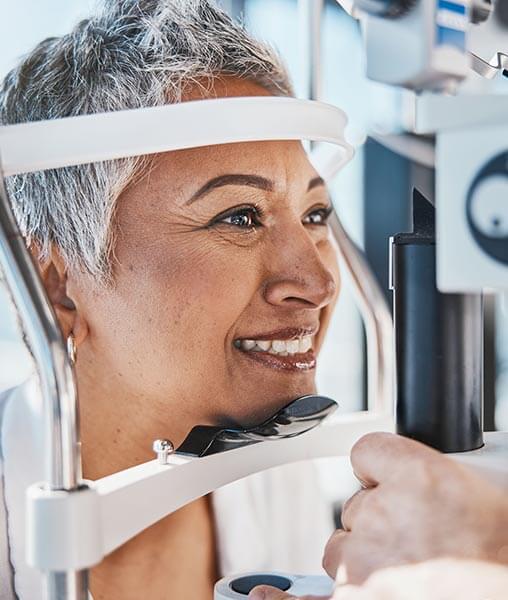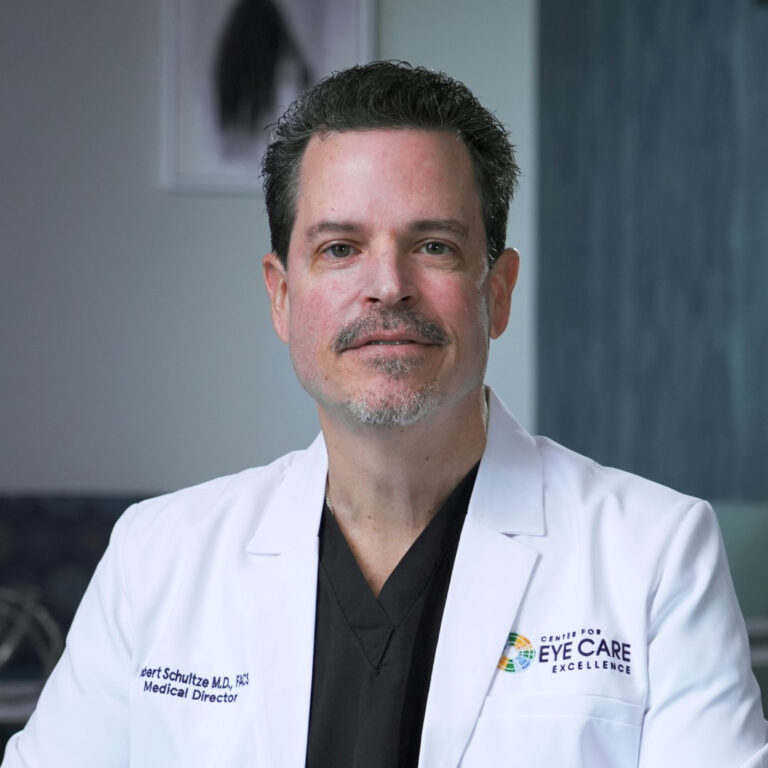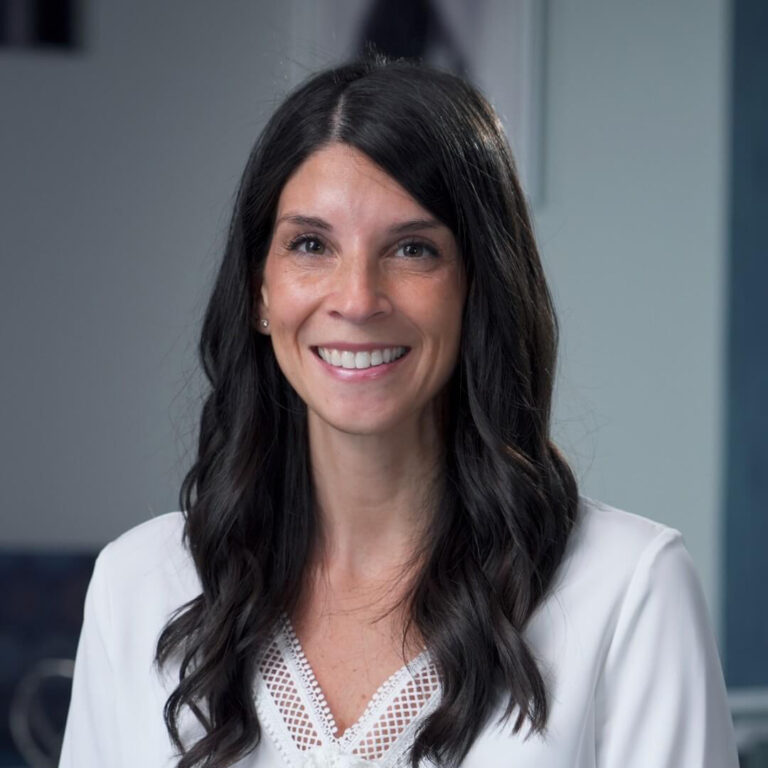
Our comprehensive eye care includes diagnostic testing, medical, and surgical services such as:
What is a Comprehensive Eye Exam?
A comprehensive eye exam acts as the entry point to more advanced subspecialty care for patients needing additional medical or surgical services.
Here are some common vision tests you might have during your comprehensive eye exam:
See What Our Patients Have To Say…
“I love their professional team and an enthusiastic environment. Dr.Schultze is the best and truly cares for his patients. He treated my eye infection I got from Lasik surgery at Lasik Plus. He is very skilled and competent in the field that I got referred to. Highly recommend!” – Vivian C.
“Every time I have an appointment at Center For Eye Care Excellence, the entire staff makes me feel at ease and welcome. They take the time to listen to my concerns and worries. Even when the situation with my cornea was at it’s worst, Dr. Eden and all the staff made me feel comfortable and confident that they would do everything possible to help me. I never feel like “just another eye” but like they see me as a whole person who hopes to maintain her lifestyle and vision.” – Kathleen R.
How Often Should I Get a Comprehensive Eye Exam?
The frequency of eye exams depends on your age and your risk of developing eye problems. These are the general guidelines provided by the American Optometric Association for when different age groups should get their eyes examined:
Children 5 years and younger
Children under three should see a pediatrician to check for the most common eye problems, such as lazy eye.
School-age children and teens
Your child needs his or her vision checked before they enter first grade. From there, vision should be checked every one or two years to be sure their refraction/vision correction prescription hasn’t changed.
Adults
If you don’t have vision problems and don’t have a family history of eye disease, this is the schedule for adults:
These adult numbers should increase in frequency if you wear glasses or contact lenses, if you have a family history of eye disease, or if you have a chronic disease that can affect your eyes, such as diabetes.


How Does Vision Change With Age?
Once children’s vision settles into where it will be, vision in teenagers and young adults stays pretty stable. But as we get older, our vision changes, much like other changes that accompany aging elsewhere in our bodies. Some of these changes, such as presbyopia, which makes virtually everyone farsighted at age 40 and above, aren’t related to any disease and are common. Cataracts are technically age-related, but they are so common that they really denote a relatively normal change in aging vision.
But there are age-related diseases that increase with the passing years. These include serious vision-threatening diseases of glaucoma, diabetic retinopathy, and macular degeneration.
Here are common vision changes by age. These kinds of things get started at age 40.
40s
Presbyopia becomes almost universal sometime after we turn 40. This means our eyes have trouble with near vision focus. Get used to the idea of reading glasses. The risk of having dry eye or computer vision syndrome increases now, too.
50s
Risks increase for cataracts, glaucoma, and macular degeneration. Often these show no symptoms until the damage is already done. This is why it’s important to have eye exams at least every two years. Dry eye increases, especially with women exiting menopause.
60s
Risks for the above-mentioned eye diseases increase significantly. Your ability to see in low lighting decreases. You will develop and see more floaters and spots in your vision, especially when looking at a blank background such as a clear blue sky. You need to have physicals every year to check for problems such as diabetes that can lead to eye problems. Also, while just about everyone develops protein globs in the interior of their eyes that create shadows on the retina (floaters), if they develop suddenly, that’s a problem that needs instant attention.
70s & 80s
By this point, research shows that four out of five seniors either have cataracts or have already had corrective surgery. Surgery to replace the clouded lens is the only treatment, and it is around 99% successful. Color vision declines. We also lose some peripheral vision by this time — the loss can be up to 30 degrees.





